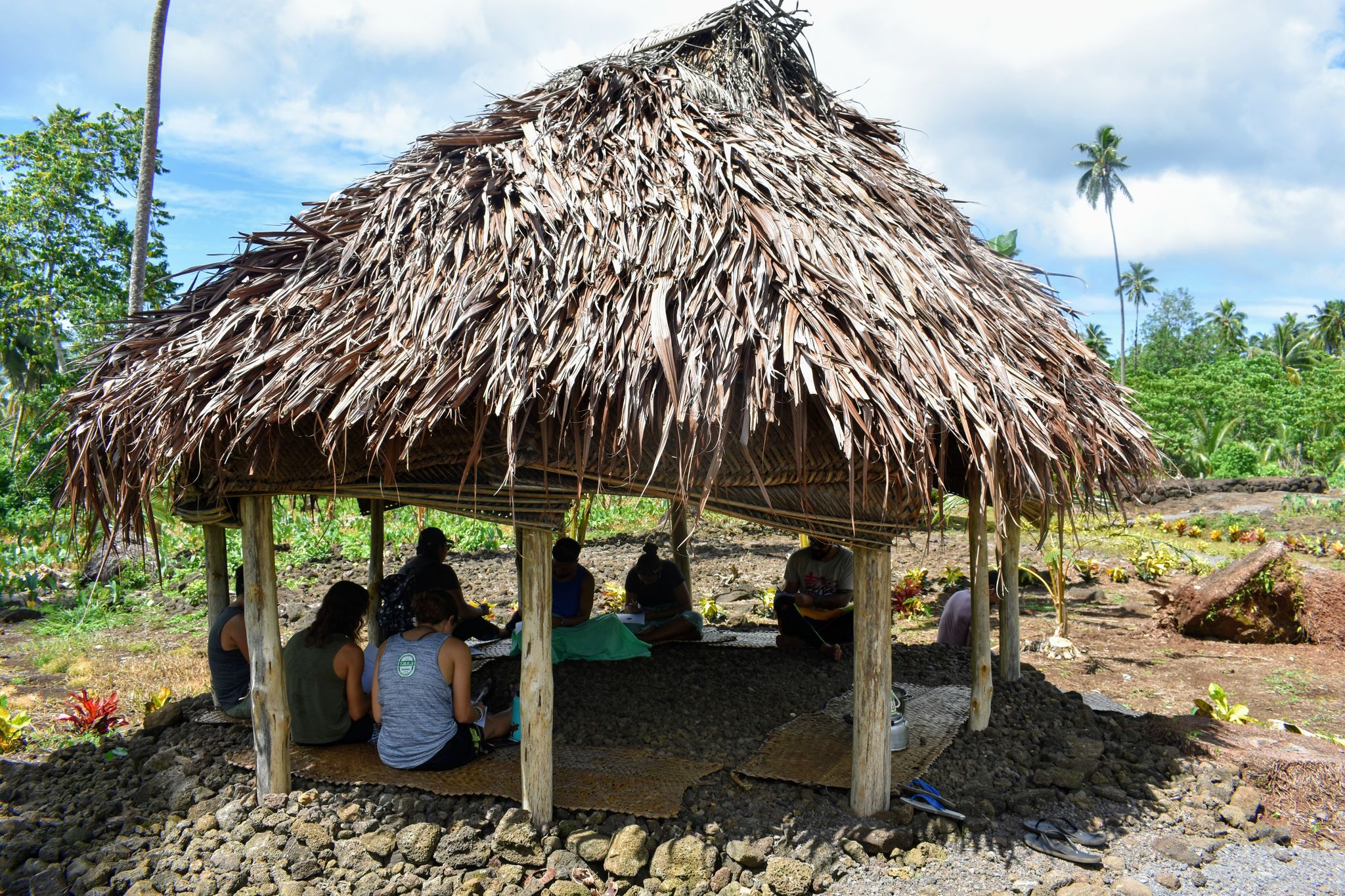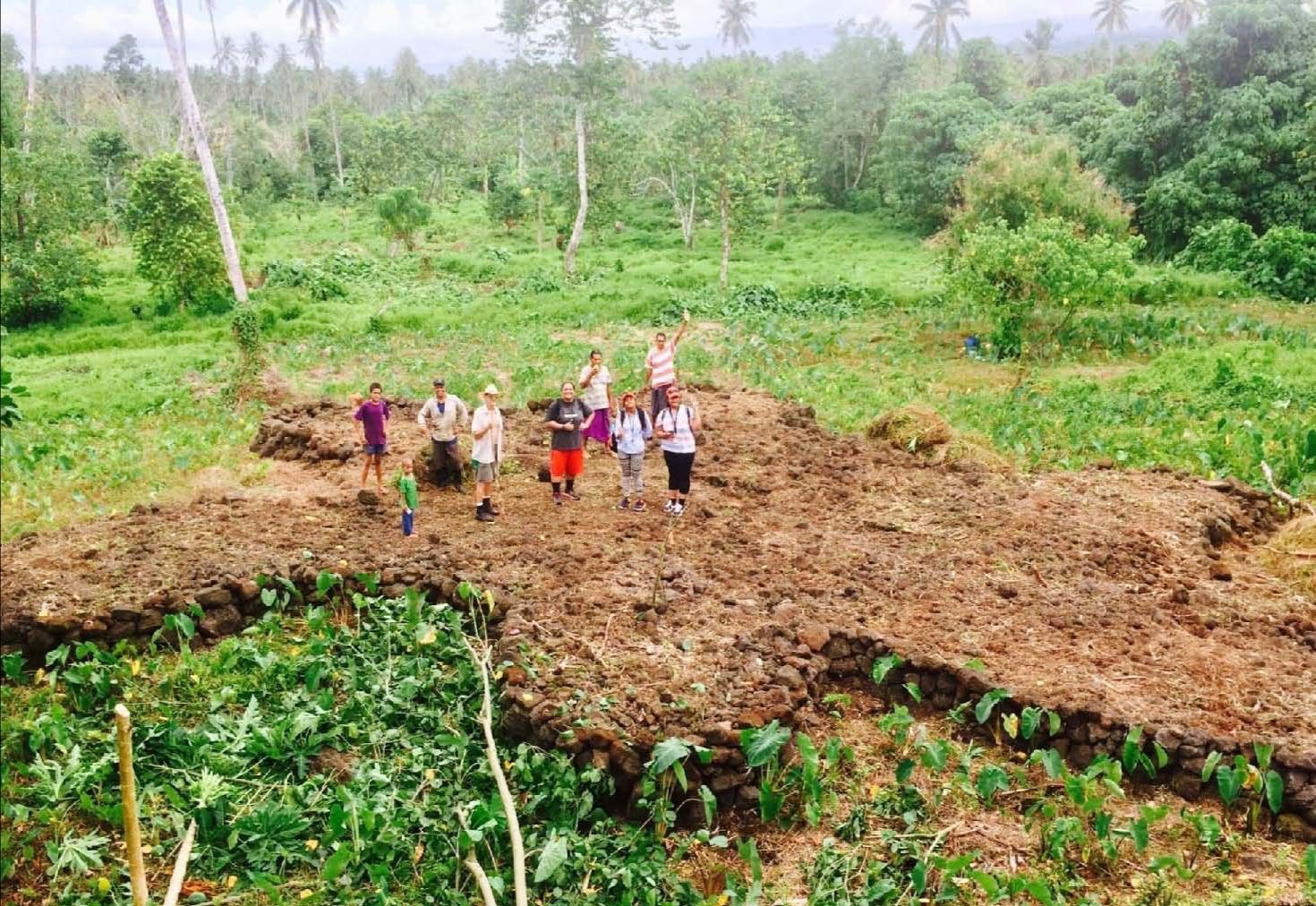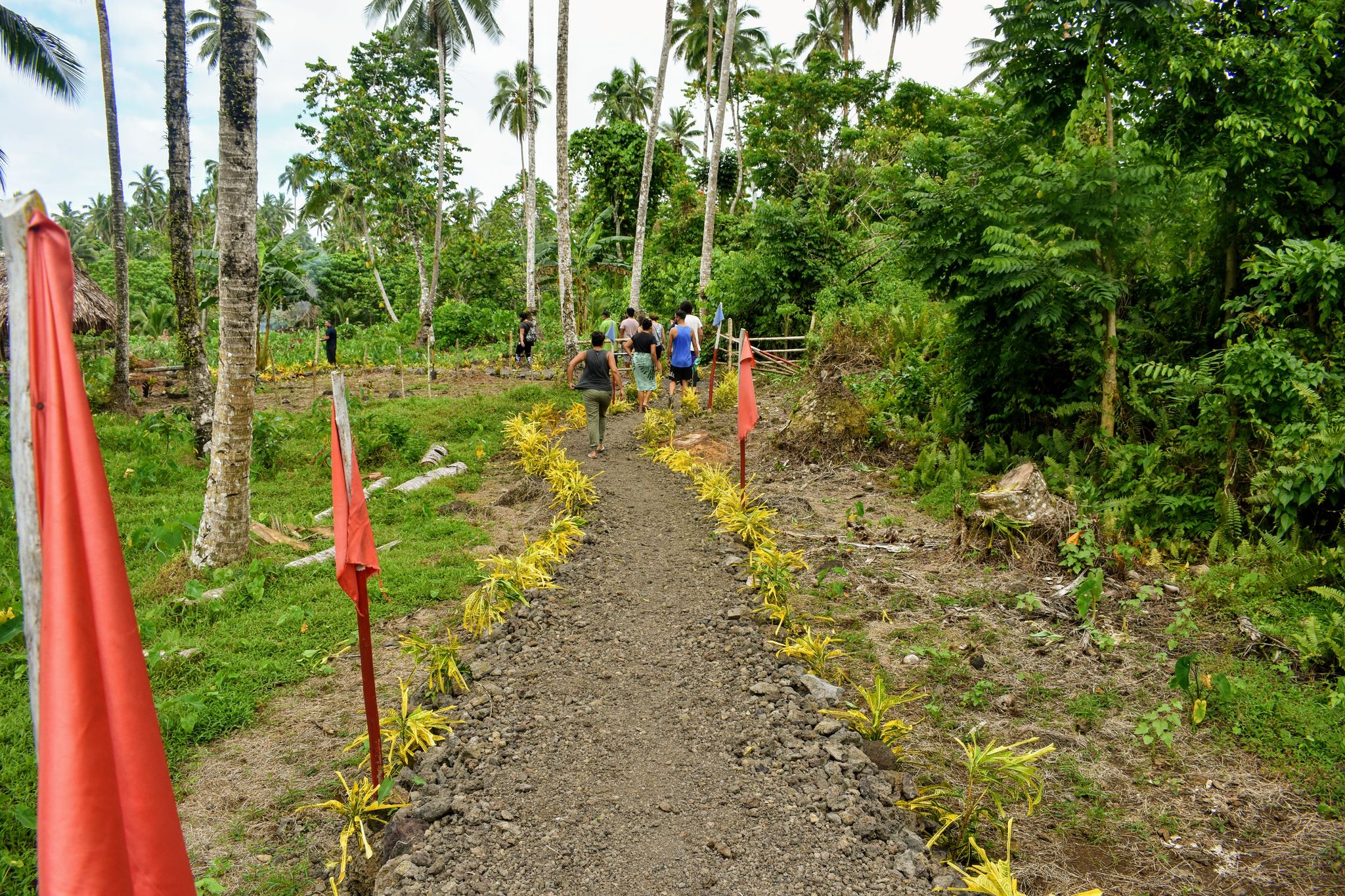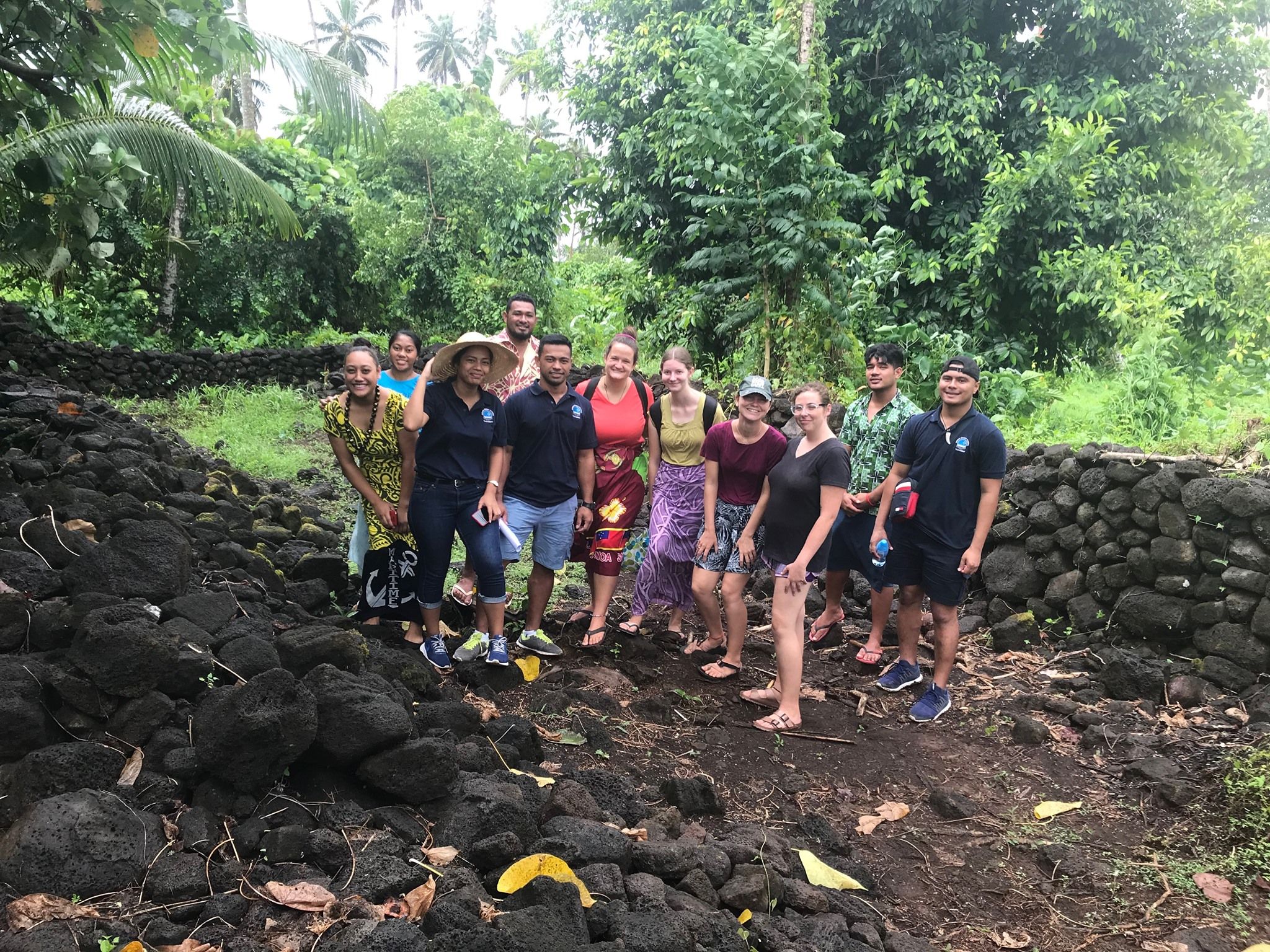Samoa
Palauli Heritage Trails
Li Ah-Hi takes a trip to the deep jungle to explore Samoa’s ancient and mysterious star mounds which are unique to this region and date back centuries.
July 18, 2020
Pacific Island Living
July 18, 2020An ancient Samoan civilisation has been uncovered in the village of Vaitoamuli, in the district of Palauili, Savai’i – which is generating more questions than answers as I found out on a tour of the Palauli heritage trails.
The recent discovery of a star mound in Palauli dating back three centuries and measuring over 20 metres wide has been the main focus of a three-year study by a team of archaeologists and anthropologists at the Centre for Samoan Studies (CSS), National University of Samoa (NUS).
I had heard about these mysterious star mounds around Savai’i but because they are mostly located in hard to get to areas in the dense jungle, one got the impression that you’d go exploring at your own risk.
But luckily for the explorer in us all, these are the first heritage sites of their kind to be officially protected under a new agreement between the villages of the Palauli district in partnership with NUS.
Which means, not only are they excavated and preserved but they are now open for cultural tourism since February of this year after a blessing from the village chiefs.
To the untrained eye, star mounds look like enormous blobs from a drone’s-eye view but under the guidance of our tour guides, made up of a team of archaeologists and locally trained youth, I was taken on a journey that had me captivated from the beginning to the end.
According to our tour guide, the first excavations were done in the Samoas during the 1960s, revealing the islands three millennium long pre-history beginning with the discovery of early eastern Lapita pottery.

So since then, it has been known that the islands are dotted with oddly shaped star mounds that have baffled archaeologists from all over the world.
But it wasn’t until the 3D Lidar scanning of Savai’i in more recent times, that the extent of the earth works has been revealed. Under the Lidar, 80 star mounds were detected around Samoa.
Star mounds (fetu ma’a) are a singularly Samoan feature and have been discovered all over Samoa ranging in various sizes and are located in mostly hard to get to dense forest areas.
American, Greg Jackmond is the lead archaeologist in the CSS team and has been carrying out archaeological field work in Samoa since the 1970s.

“This is going to open up a whole new area or way of how Samoans and foreigners look at ‘Fa’a Samoa” the Samoan way of life, and what it was about.”
Despite the additional discoveries of ‘vaeluaga pa ma’a’ (wall and walk ways) that go for kilometres into the bush and ‘auala savali’ (walk ways), prehistoric ‘tulaga fale’ (house platforms) – Greg and his team still don’t know what the star mound’s true purpose was.
Early accounts tell of Samoan chiefs who participated in the sport of pigeon catching and used the star mounds as a platform for netting pigeons, however Greg says there is a slight catch in that theory, “Pidgeon snaring is also common in Tonga … but Tonga didn’t have star mounds,” he says.
“Star mounds are very different in the Pacific and these ones are only found in Samoa.”
Anthropologist and PHD student whose thesis is based on the Palauli trails , Dionne Fonoti, adds another dimension to the deepening mystery which begs the question – were they for snaring birds or gods?
“Most of the mounds are located in very rough terrain and some of the older and bigger structures would have taken years to construct under the leadership of someone very powerful,” she said
“So their purpose would have been of the most significant importance to the builders, like platforms for rituals and not likely for something as light-hearted as pigeon snaring.”
One thing is for sure, the Palauli Trails will leave you wanting to know more after spending time re-imagining what these ancient structures were used for and who were the people that built them.

“We have had a lot of interesting conversations about all the mysteries that we have encountered over here,” Dionne said.
“While we are amazed that we have discovered these things and we can see them now – it still doesn’t answer a lot of questions, in fact it just generates more questions.
© 2024 Pacific Island Living Magazine all Rights Reserved
Website by Power Marketing